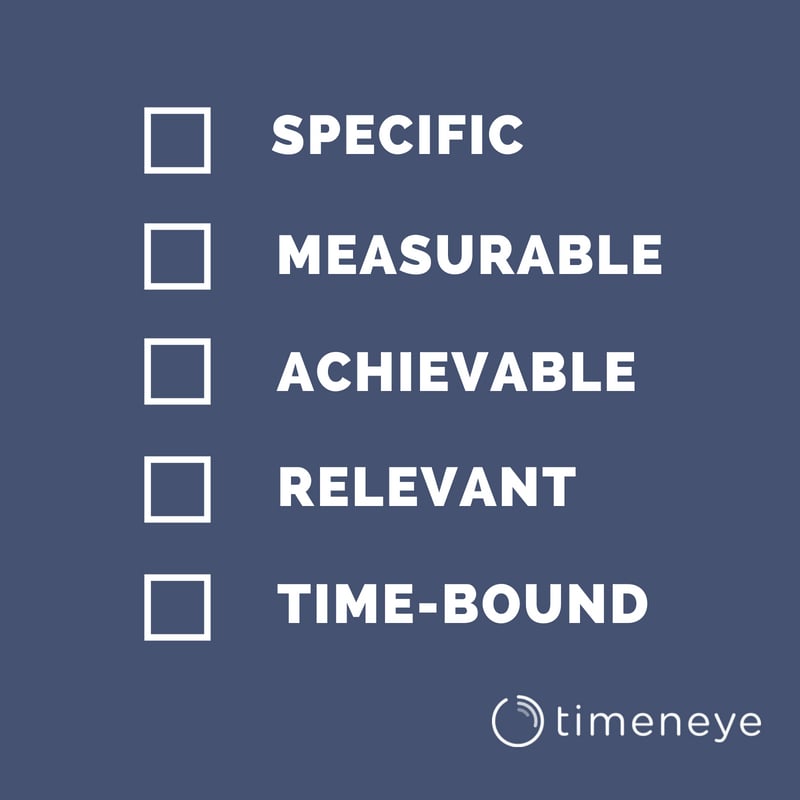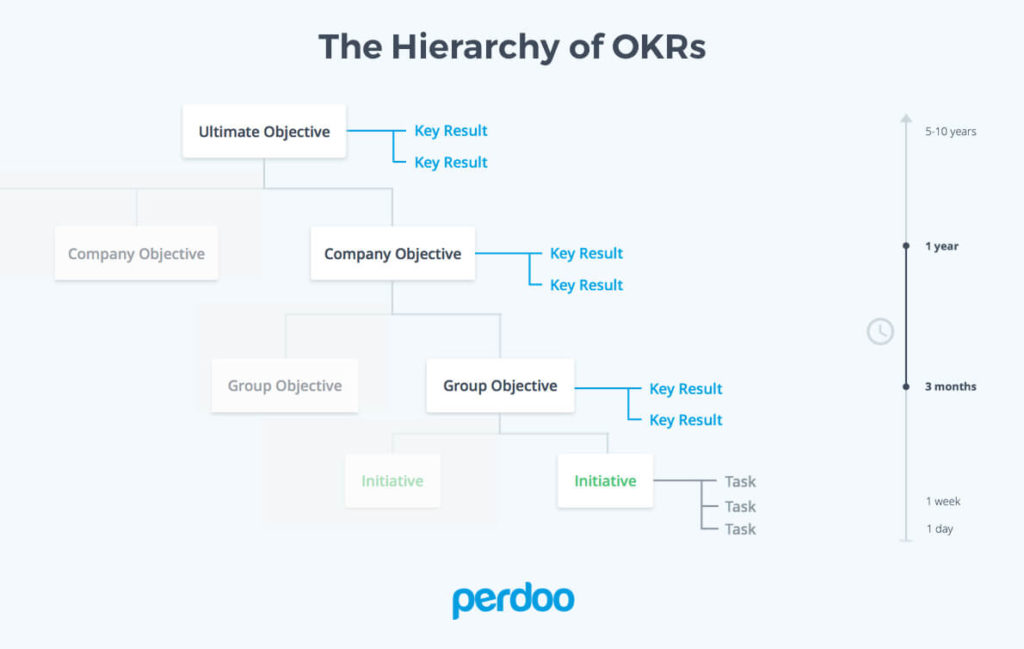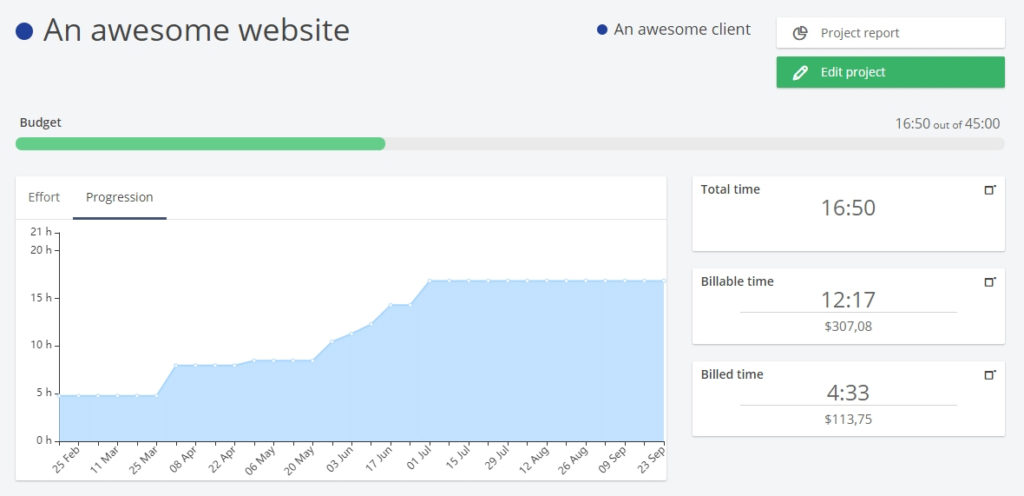Tips for Getting More Productivity Out Of Your Remote Team
If you're looking to get more productivity out of your remote team, here are are some practices you can follow to make things run smoothly.

So you want to start setting goals for your team, but don’t know where to start? Are acronyms like OKR making you confused?
Without clear goals, it’s impossible to give the team direction, measure performance, and lead the team or company to success.
Since there are many ways to set goals, and it’s not always easy to pick the right one, here’s an overview of the main and most used goal-setting frameworks, the pros and cons for each, and some practical tips to use them right.
A goal-setting framework helps organizations define goals and it’s is necessary to give a team, or a person, direction. It may seem like a useless overcomplication, but in fact, goal-setting frameworks bring in more pros than cons. Not using them can have negative effects on the business overall.
According to a Harvard Study, people with written goals are 10 times more likely to reach them than those who don’t have them.
As for businesses, a staggering 80% of small business owners say don’t keep track of business goals.
So you see how crucial it is to have clear business goals, for many reasons:

The most common and well-known is the SMART framework, which dates back to the 1980s. Although the credit for the invention of SMART goals is uncertain, the first written mention of the SMART framework was in 1981 in an article by George T. Doran on the issue of Management Review, where he described how goals should be meaningful, specific, and attainable.
SMART goals follow these criteria: they are Specific, Measurable, Achievable, Relevant, and Time-bound.

An example of a SMART goal would be the following:
I will increase the conversion rate of the website by 25% in Q2, by optimizing the CTAs, changing the size of the buttons, and moving the content above the fold. I will track goals in Google Analytics to make sure I reach the result.
PROS: not vague but defined in time, only focused on specific objectives;
CONS: only look at the end result, not much about the whole process; also the framework can be considered outdated.
Another very common framework is the OKR, which means “Objectives and Key Results“. With the OKRs method, you first define the big, important goals (the objectives) and then you define the metrics that you’ll need to keep an eye on (the key results) to know if you going in the right direction. To summarize it, the Objective is the “What” and the Key Result is the “How”.

Here are some examples of an OKR structure (these are from okrexamples.co:
Objective: Generate more Marketing Qualified Leads (MQLs)
Key result #1: Increase MQLs from 100 to 150 from email marketing
Key result #2: Increase MQLs from 70 to 100 from AdWords
PRO: describes the goals but not in isolation, but connected to the whole aspects of the company. It also gives the steps or milestones to reach to get to the goals
CONS: can be overwhelming; and putting wrong key results can lead to overestimated or underestimated, or off-scale goals
The acronym KPI stands for Key Performance Indicator. KPIs are used in a variety of contexts: basically, you pick a metric that’s significant to your activity and track that over time.
It’s not really a goal-setting system, since you simply keep an eye on a metric and watch it evolve. For some businesses, such as a SaaS product or a startup, the KPI can be the monthly recurring revenue, or the annual recurring revenue, which should be increasing.
PROS: extremely simple, and you can visualize your progression using charts and graphs. Every team or department can have their own to track (marketing KPI, sales KPI and so on.);
CONS: ALSO way too simple. KPIs are best used as indicators within a goals strategy, like the OKRs. It also makes it difficult to track improvements if you don’t measure milestones. Too many KPIs can definitely result in a loss of focus.
And in the domain of unusual acronyms, we introduce BHAG, which stands for Big Hairy Audacious Goals. According to Investopedia,
“A BHAG (Big Hairy Audacious Goal) is a compelling, long-term goal that is intriguing enough to inspire employees of an organization to take action. The term comes from the 1994 HarperBusiness book “Built to Last: Successful Habits of Visionary Companies” by Jim Collins and Jerry Porras.
BHAGs are meant to pull people out of a slump and energize them to implement a big picture-type plan that could take a decade to complete.”
BHAGs are big, ambitious, long-term goals, so long-term that in fact, they see forward up to 10 years. But even if ambitious, the goals have to feel achievable.
BHAG can be divided into 4 categories:
PROS: these goals are big, motivational, linked with the core mission of the company, and focused on the long-term instead of short-term objectives;
CONS: BHAGs are supposed to be hard (yet not impossible) to achieve, so there’s a risk of raising the bar too high and potentially crushing motivation.
Which one of these goal-setting frameworks should you use?
The answer is: it depends. Goal-setting frameworks are not a cookie-cutter solution for everybody, it’s up to every company to pick the one that works better for them, by weighing the pros and cons of each one.
So when it’s time for pick one, here are a few tips for evaluating, analyzing, writing, tracking, and sharing your goals:
Take a look at where the company is now, and think about what you want to achieve. Are you growing? Or are you stalling? Do you need a boost in revenue? Or are there any aspects you wish to improve or change? What have you done well so far, and what didn’t really work?
Regardless of what framework you chose, pick one and stick to it for a while. It’s important that the goals don’t just stay in your head, but that you write them down in an official document/statement.
The team has to know what they’re working towards. So make sure to share the goals with your team and explain where their work fits in the bigger picture. Create excitement but also a culture of transparency and collaboration within the team.
Keep an eye on improvements and check the status of the work from time to time. Manage time and resources according to the goals you have set.
From goal-tracking software to time management software, to project management and communication, you can achieve even the most ambitious goals, with your team and a little helping hand from technology.

What goals-setting framework do you use? Let us know in the comments!
Cover photo by Silvan Arnet on Unsplash
If you're looking to get more productivity out of your remote team, here are are some practices you can follow to make things run smoothly.
How to show a prospect that your business can be of benefit to them and establish a long-lasting, productive business relationship
How do you keep your team on track? How do you maintain productivity and team culture in a completely remote setting?